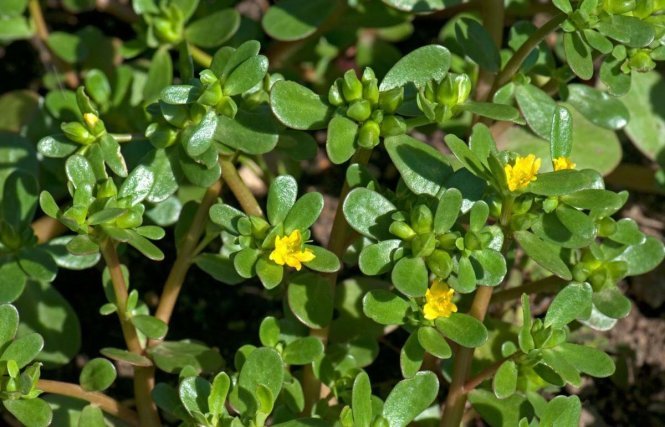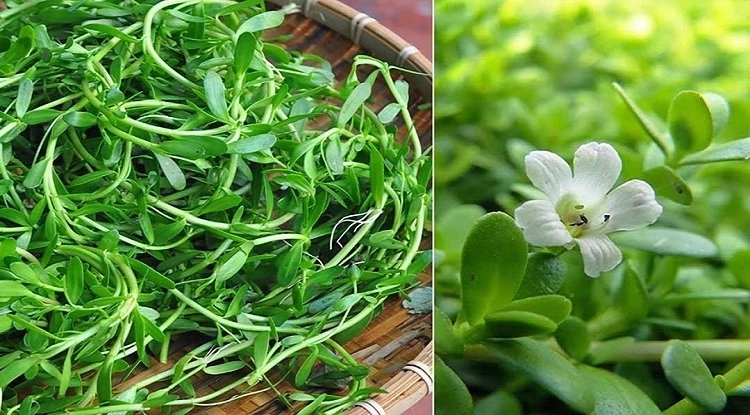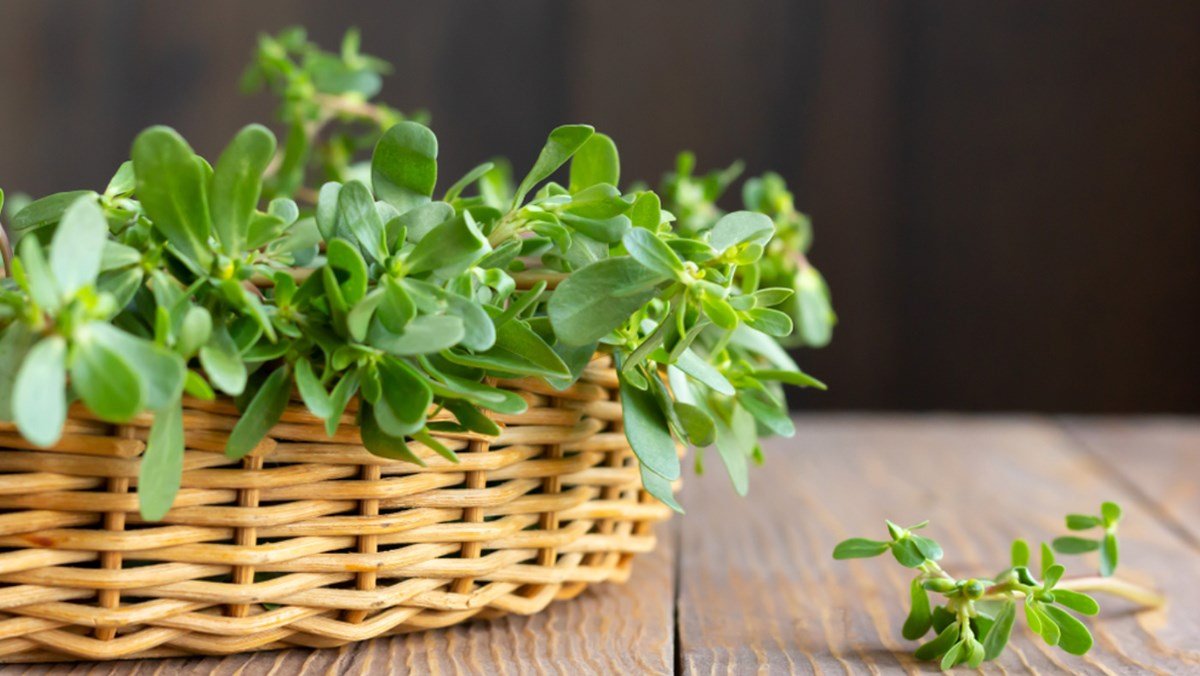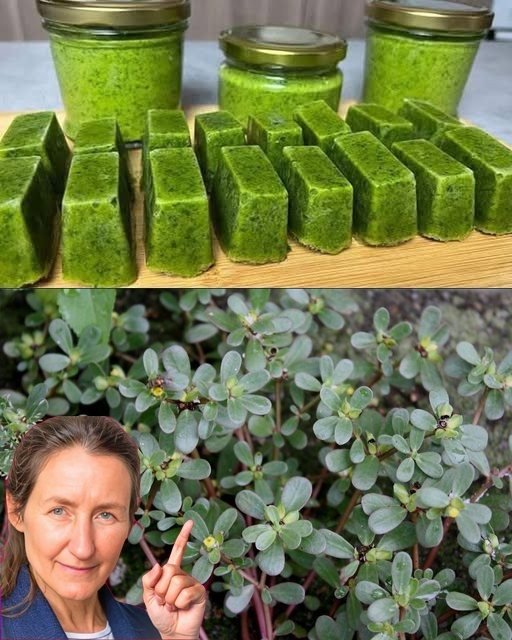Most gardeners see weeds as a nuisance, something to be removed as soon as they appear. But what if one of these so-called weeds was actually a nutritional powerhouse, a natural remedy, and an excellent addition to your meals? Meet purslane (Portulaca oleracea), a plant that has been overlooked for far too long but holds incredible value for health, cooking, and gardening.
### **What Is Purslane?**

Purslane is a succulent, low-growing plant with small, fleshy leaves and yellow flowers. It thrives in many environments, from gardens and lawns to sidewalk cracks. Often mistaken for an invasive weed, purslane is actually an ancient superfood, used for centuries in traditional medicine and culinary practices.
### **Why You Shouldn’t Remove Purslane From Your Garden**
Before you pull out purslane and toss it away, consider these powerful reasons why you should keep it around:
#### **1. Packed With Nutrients**
Purslane is one of the most nutrient-dense wild plants you can find. It contains:
– **Omega-3 Fatty Acids:** Unlike most plants, purslane is rich in alpha-linolenic acid, an essential omega-3 fatty acid that supports heart and brain health.
– **Vitamins:** It is loaded with vitamins A, C, and E, which boost the immune system and promote healthy skin.
– **Minerals:** Purslane provides calcium, magnesium, potassium, and iron, all of which are essential for bone health and energy production.
– **Antioxidants:** The plant is a powerful source of glutathione and betalains, compounds that help fight inflammation and oxidative stress.
#### **2. A Natural Remedy for Many Ailments**

Purslane has been used in traditional medicine across cultures for its healing properties:
– **Anti-inflammatory properties:** Helps with conditions such as arthritis and skin irritations.
– **Digestive health:** Used to soothe stomach issues and promote gut health.
– **Diabetes management:** Some studies suggest that purslane may help regulate blood sugar levels.
#### **3. A Free, Nutritious Addition to Your Meals**
Purslane is not just edible; it’s delicious It has a slightly tangy, lemony flavor with a pleasant crunch. Here’s how you can use it in your meals:
– **Salads:** Add fresh purslane leaves to a mixed green salad for extra nutrition.
– **Soups and stews:** Use it as a thickener in soups due to its mucilaginous texture.
– **Stir-fries:** Sauté it with garlic and olive oil for a quick and healthy side dish.
– **Smoothies and juices:** Blend it into green juices for an added health boost.
#### **4. Improves Soil Health in Your Garden**
Purslane is more than just a food source—it plays an important role in the ecosystem of your garden:
– **Retains Moisture:** Its succulent leaves help retain water in the soil, making it beneficial during dry seasons.
– **Prevents Soil Erosion:** Its extensive root system stabilizes soil and prevents erosion.
– **Companion Planting:** It can serve as ground cover, reducing weed competition and creating a microclimate that benefits other plants.
#### **5. Supports Pollinators and Beneficial Insects**
Purslane’s yellow flowers attract bees and other pollinators, which can help improve the health of your garden. It also provides food for beneficial insects that keep pests under control.
### **How to Grow and Harvest Purslane**

If you’re interested in cultivating purslane instead of discarding it, here’s how to do it:
– **Growing Conditions:** Purslane thrives in well-drained soil and full sun. It is highly adaptable and can grow in various conditions.
– **Propagation:** You can grow it from seeds or cuttings. Simply scatter seeds in your garden and lightly cover them with soil.
– **Harvesting:** Pick the young, tender leaves and stems for the best flavor. It is a fast-growing plant, so you can harvest regularly without harming it.
### **Conclusion**

Purslane is far from just another weed. It is a nutritional powerhouse, a medicinal herb, a garden-friendly plant, and a delicious ingredient all in one. Instead of pulling it out and throwing it away, consider embracing its benefits. Whether you eat it raw in salads, cook it in soups, or use it as a natural remedy, purslane has a lot to offer. Next time you spot this humble plant growing in your garden, remember—it’s not a weed; it’s a hidden treasure waiting to be discovered.
